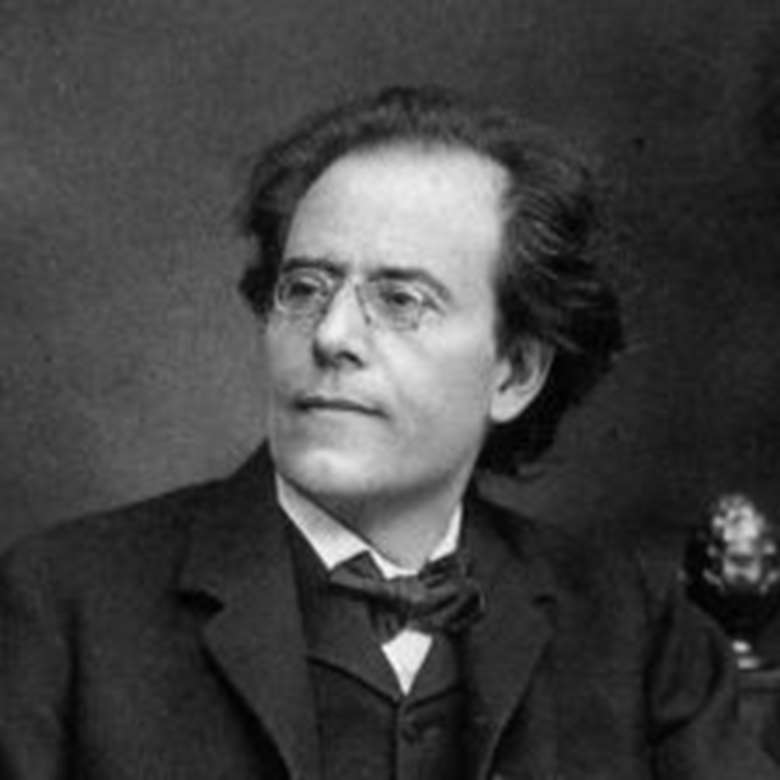Mahler's Symphony No 9, by Esa-Pekka Salonen
Gramophone
Thursday, January 1, 2015

All conductors doing Mahler’s Ninth are in awe of the score to some degree. There is something so universal and powerful there – it makes you feel little at times. Both Das Lied von der Erde and the Ninth Symphony present a very specific challenge to a conductor, because Mahler himself never heard them.
His way of orchestrating was very practical. He consciously over-orchestrated, then in rehearsals he would thin the music out, crossing out unnecessary doublings. It’s always easier and faster to take things out. He would then continue to tweak his scores from performance to performance, according to the specific requirements of different orchestras and venues. For Mahler, composition was a continuous process. There’s very rarely a 'final score'. For a conductor of that calibre there was no finality – just a moment when the score had to be printed. In that sense, with the Ninth Symphony you are dealing with an essentially unfinished score.
The problems with the score are more subtle and less obvious than those in the score of Das Lied – think of the famous balance problems in the first song – but they are there. The mature Mahler style started to emerge in his Sixth Symphony and one of its characteristics was his desire to achieve maximum clarity and maximum transparency, by trying to place the harmonic structure so as to ensure every motivic element was completely and clearly audible. Unlike, say, Strauss or Debussy, there is no padding in the texture. There is a complete unity of harmony, melody, rhythm and texture. The Ninth Symphony doesn’t automatically sound clear or transparent. In some of the string passages thematic and secondary lines collide within a very narrow register. I am absolutely clear in my mind that he would have changed that. There are also some wrong harmonies left in the score – some places where he might have made a mistake, especially in the first movement. How do I know? I can only guess, but based upon years of study and admiration and love of Mahler’s music. In many places the conductor has a choice – to be totally true to the score or to clarify certain phrases. These are treacherous waters. I wouldn’t dare to fiddle with instrumentation but internal balances are a different matter. It’s a personal preference but I don’t find chaos emotionally powerful.
Late Mahler was toying with the idea of atonality but very rarely are there chords that bear no relationship to tonality at all. There is a moment of deepest despair in the opening Adagio of the Tenth Symphony that stands totally outside major/minor modality. The main challenge with the Ninth Symphony is how to manage the overall shape of the piece – how to distribute the death, as it were. It must all sound inevitable. The Scherzo takes us into the vortex, with a benign Ländler turning into something totally different. It contains all the prototypes of a Mahler scherzo – it’s the mother of allscherzos. This journey within just one movement is quite amazing. It contains some of Mahler’s most sophisticated music but it’s also über-rustic and, in places, downright funny. It’s a technical showcase, like a miniature concerto for orchestra.
The last page is one of the most amazing pages of score by anybody, by any standards. Every phrase has an incredible intensity. It’s like a reverse biological evolution, with a musical phrase being dismantled, bit by bit. You start with sophistication, and go back to an amoeba, the very basic DNA of all music. This is the most basic figure in all music, the last signal being sent out before silence. What a very, very bold thing to do. When music is being decomposed, there is nothing left but silence. I believe the long retirement of Sibelius was the result of his own motivic process – after the stark simplicity of Tapiola, where else could he go?
Our new recording of the piece is a live recording, of a performance we gave after we had played the piece on tour in places such as the Concertgebouw and Cologne. I very much like the idea of recording this piece live. In fact, the idea of recording that finale in a studio doesn’t feel right. So many of the most celebrated recordings of the piece – Bernstein, Karajan, Bruno Walter in 1938 – have been concert recordings. It’s no accident. This is about death and there must be a sense of no return. It’s your only shot. You just do it and live with the results. This is real life and death, not a video game.
Interview by Michael McManus (Gramophone, March 2010)
Explore Mahler's symphonies with the leading Mahler conductors:
Symphony No 1, by Charles Mackerras
Symphony No 3, by Lorin Maazel
Symphony No 4, by David Zinman
Symphony No 5, by Simon Rattle
Symphony No 6, by Christoph Eschenbach
Symphony No 7, by Valery Gergiev
Symphony No 8, by Michael Tilson Thomas
Symphony No 9, by Esa-Pekka Salonen







